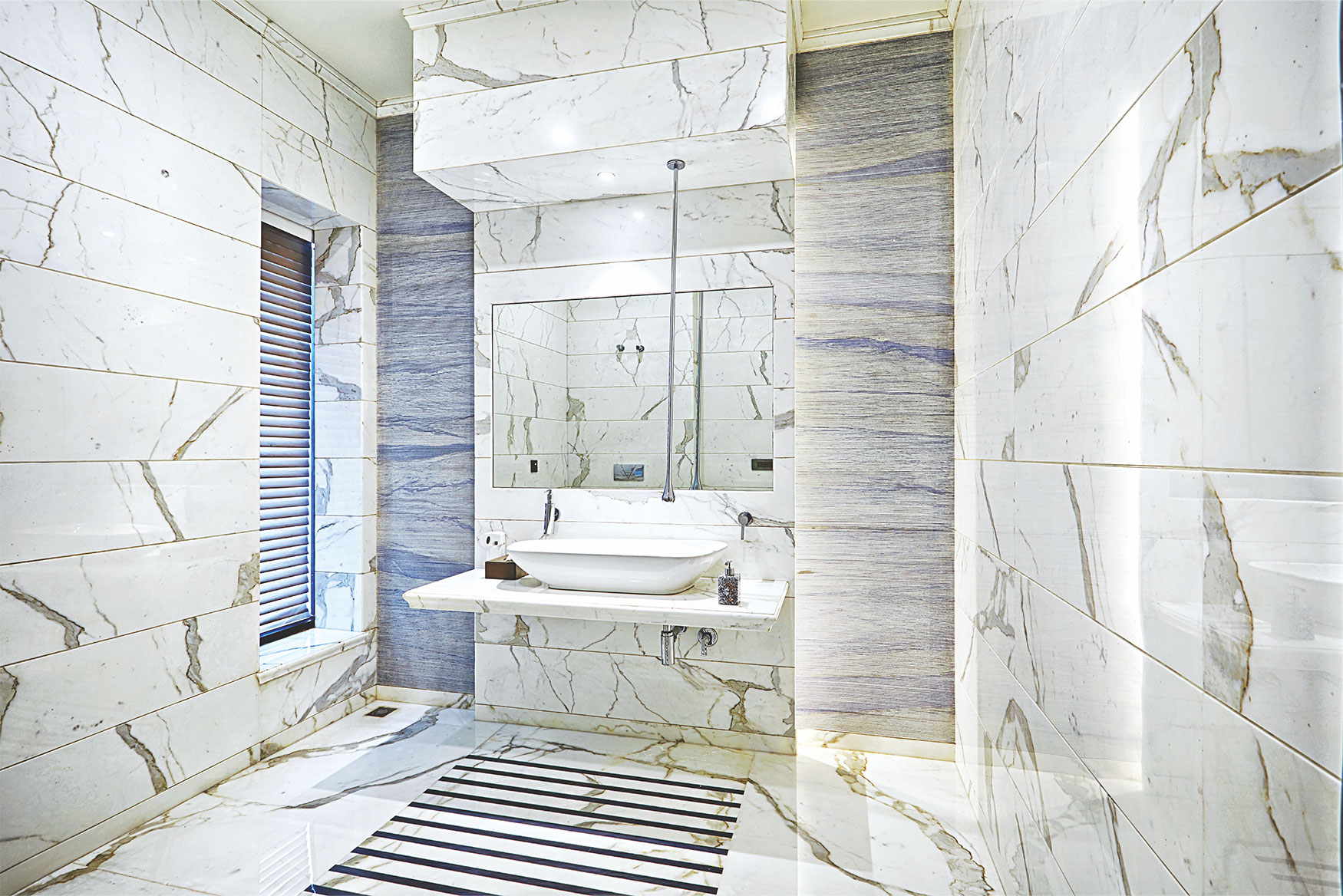Marble has been a symbol of luxury and sophistication for centuries, adorning everything from ancient sculptures to modern architectural marvels. Its unique properties and timeless appeal make it a favored material among designers and builders. To truly appreciate marble, it’s essential to understand the science behind its formation and properties. This knowledge not only enhances our appreciation but also informs better decision-making when selecting marble for various applications.
The Formation of Marble
Marble is a metamorphic rock that forms when limestone is subjected to high pressure and temperature conditions. This process, known as metamorphism, causes the calcite in the limestone to recrystallize, forming a denser rock with a distinctive crystalline structure. Here’s a closer look at the stages involved in marble formation:
1. Limestone Deposition
Limestone, the precursor to marble, forms primarily from the accumulation of marine organisms’ skeletal fragments, such as coral and shells, which are rich in calcium carbonate. Over millions of years, these sediments accumulate and compact, forming limestone.
2. Metamorphism
When limestone is buried deep within the Earth’s crust, it is exposed to intense heat and pressure. These conditions cause the calcite crystals in the limestone to grow and interlock, transforming the rock into marble. This process can take millions of years and often results in the beautiful veining patterns that marble is known for.
3. Recrystallization
During metamorphism, the original carbonate minerals in limestone recrystallize. This recrystallization process eradicates any fossil remnants and other impurities, resulting in a denser and more homogenous rock with a smoother texture.
Properties of Marble
Marble’s unique properties stem from its geological formation process. Understanding these properties can help in choosing the right type of marble for specific applications and ensuring its longevity and aesthetic appeal.
1. Aesthetic Appeal
Marble is renowned for its stunning appearance. The veining patterns and color variations are due to the presence of impurities such as iron oxide, graphite, and mica, which get incorporated during the metamorphic process. These natural designs make each slab of marble unique.
2. Durability
Marble is relatively durable and can withstand significant wear and tear, making it suitable for flooring, countertops, and other high-traffic areas. However, it is softer than granite and can be prone to scratching and etching, particularly from acidic substances.
3. Thermal Conductivity
Marble has excellent thermal conductivity, which means it remains cool to the touch even in warm temperatures. This property makes it an ideal material for flooring in hot climates and for use in kitchens.
4. Polishability
Marble can be polished to a high gloss, enhancing its visual appeal and making it a popular choice for decorative elements such as statues, countertops, and wall cladding. The polish also helps to seal the surface, providing some protection against staining and wear.
Tips for Selecting and Using Marble
When selecting marble for your project, consider the following tips to ensure you choose the best type for your needs and maintain its beauty over time:
Primary Keyword Usage
It’s crucial to source your marble from reliable Marble Manufacturers in Rajasthan. This ensures you get high-quality, authentic marble that meets your project’s specific requirements.
1. Assess the Location
Different areas of a home or building will have different requirements. For example, countertops need marble that is more resistant to acids and scratches, whereas flooring should have a higher resistance to wear and tear.
2. Consider the Finish
Marble is available in various finishes, including polished, honed, and brushed. Polished marble is glossy and reflective, ideal for decorative elements. Honed marble has a matte finish, making it less slippery and better suited for flooring.
3. Maintenance Requirements
While marble is durable, it requires regular maintenance to keep its appearance. Sealing the marble helps protect it from staining and etching, while regular cleaning with pH-neutral cleaners ensures its longevity.
Secondary Keyword Usage
When choosing a supplier, it is also wise to check their reputation and the range of products they offer. A reputable Marble Supplier in Rajasthan will provide a variety of marble types and finishes, ensuring you find the perfect match for your project.
Conclusion
Understanding the science behind marble’s formation and properties can significantly enhance your appreciation and use of this timeless material. From its origins as limestone to its transformation under intense geological forces, marble’s journey is as fascinating as its final appearance. By selecting marble from trusted Marble Manufacturers in Rajasthan and considering factors like location, finish, and maintenance, you can ensure your marble installations remain beautiful and functional for years to come.
Marble continues to be a preferred choice for designers and architects due to its unique aesthetic and versatile properties. Whether used in modern or traditional settings, marble adds an element of elegance and sophistication that few other materials can match. By understanding its formation, properties, and best practices for use, you can make informed decisions that enhance the beauty and value of your spaces.

